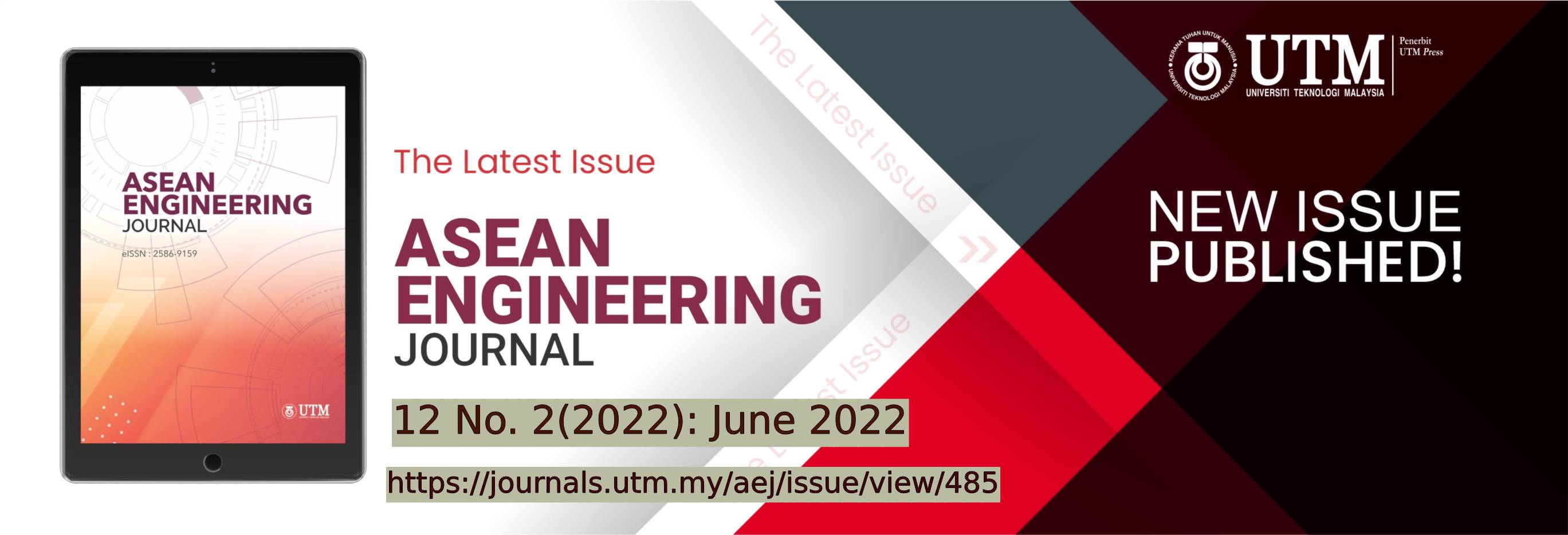MODEL STUDY TO MINIMIZE SCOUR IN TAIL CHANNEL OF SKI-JUMP BUCKET ENERGY DISSIPATOR USING DEFLECTORS
DOI:
https://doi.org/10.11113/aej.v12.16853Keywords:
Deflector, Energy dissipation, Scour, Ski-jump, Model studyAbstract
In recent years, discharging flood water downstream of the dams by the use of ski-jump bucket has become increasingly common. However, due to impact of trajectory unexpected scour holes have occurred in the tail channel, leading to expensive remedial work. One of the threats is that scouring caused by the impact of trajectory, which not only affects the safety of the river bed or tail channel but it also affect the safety of the dam, spillway and bucket. To minimize this risk of scouring, a model studies using deflector along both sides of the ski-jump bucket is performed. The model is designed in the scale of 1:50. The experiments are performed in a flume of 20 m long, 0.7 m wide and 1.2 m deep. The work is carried out using prototype data of the Ukai dam Spillway. The experimental observations are taken with and without presence of deflector. In the current study, a convergent deflector arrangement on a bucket forces a water jet to impact in mid-air, allowing it to fall down with a downscale impact. The results show that using a deflector can minimize scour by 16.51% to 28.28%.
References
Mason, P. J. 1984. Erosion of plunge pools downstream of dam due to the action of free-trajectory jets. Proceedings of the Institution of Civil Engineers. 76(2): 523-537. https://doi.org/10.1680/iicep.1984.1257
Yildiz, D., and Üzücek, E. 1994. Prediction of scour depth from free falling flip bucket jet. International water power and dam construction. 50-56. https://www.semanticscholar.org/author/E.-%C3%9Cz%C3%BCcek/101739384 Accessed on 15 June 2020.
Machado, L. S., Lima, M. M. C. L., Aleixo, R., and Carvalho, E. 2020. Effect of the ski jump bucket angle on the scour hole downstream of a converging stepped spillway. International journal of river basin management. 18(3): 383-394.
Movahedi, A. Kavianpour, M. and Yamini, O. A. 2017. Experimental and numerical analysis of the scour profile downstream of flip bucket with change in bed material size. ISH Journal of Hydraulic Engineering. 25(8):1-15. https://www.researchgate.net/deref/http%3A%2F%2Fdx.doi.org%2F101080%2F09715010.2017.1398111 Accessed on 12 Aug 2020.
Juon R., and Hager, W. H. 2000. Flip bucket without and with deflectors,” Journal of Hydraulic Engineering. 126(11):837-845. http://tarjomefa.com/wp-content/uploads/2018/01/8529-English-TarjomeFa.pdf Accessed on 7 July 2016.
Lucas, J., Hager W. H., and Boes, R. M. 2013. Deflector Effect on Chute Flow. Journal of Hydraulic Engineering. 139(4): 444-449. https://ascelibrary.org/doi/pdf/10.1061/%28ASCE%29HY.1943-7900.0000652 Accessed on 7 July 2016.
Bureau of Indian Standards. IS 4623. 2000. Recommendations for structural design of radial gates. https://law.resource.org/pub/in/bis/S14/is.4623.2000.pdf
Bureau of Indian Standards. IS 6934. 1998. Hydraulic Design of High Ogee Overflow Spillways-Recommendations. https://law.resource.org/pub/in/bis/S14/is.6934.1998.pdf Accessed on 10 June 2015.
Bureau of Indian Standards. IS 7365. 2010. Criteria for hydraulic design of bucket type of energy dissipators. https://archive.org/details/gov.in.is.7365.2010 Accessed on 10 June 2015.
Heng, S., Tingsanchali, T., and Suetsugi, T. 2012. Analysis of plunge pool scour hole formation below a chute spillway with flip bucket using a physical model. ASEAN Engineering Journal Part C. 1(1):88-101.
Heng, S., Tingsanchali T., and Suetsugi, T. 2012. Prediction formulas of maximum scour depth and impact location of a local scour hole below a chute spillway with a flip bucket. WIT Transactions on Ecology and The Environment. 172:251-262. https://www.witpress.com/elibrary/wit-transactions-on-ecology-and-the- environment/172/24649 Accessed on 2 July 2020.
Rahatabad, F. G. 2004. Effect of using dentate ski jump spillways on scouring profile. Proceedings 2nd International Conference on Scour and Erosion, (ICSE-2), Singapore. https://izw.baw.de/publikationen/tc213/0/LS_20.pdf Accessed on 10 June 2015.
















